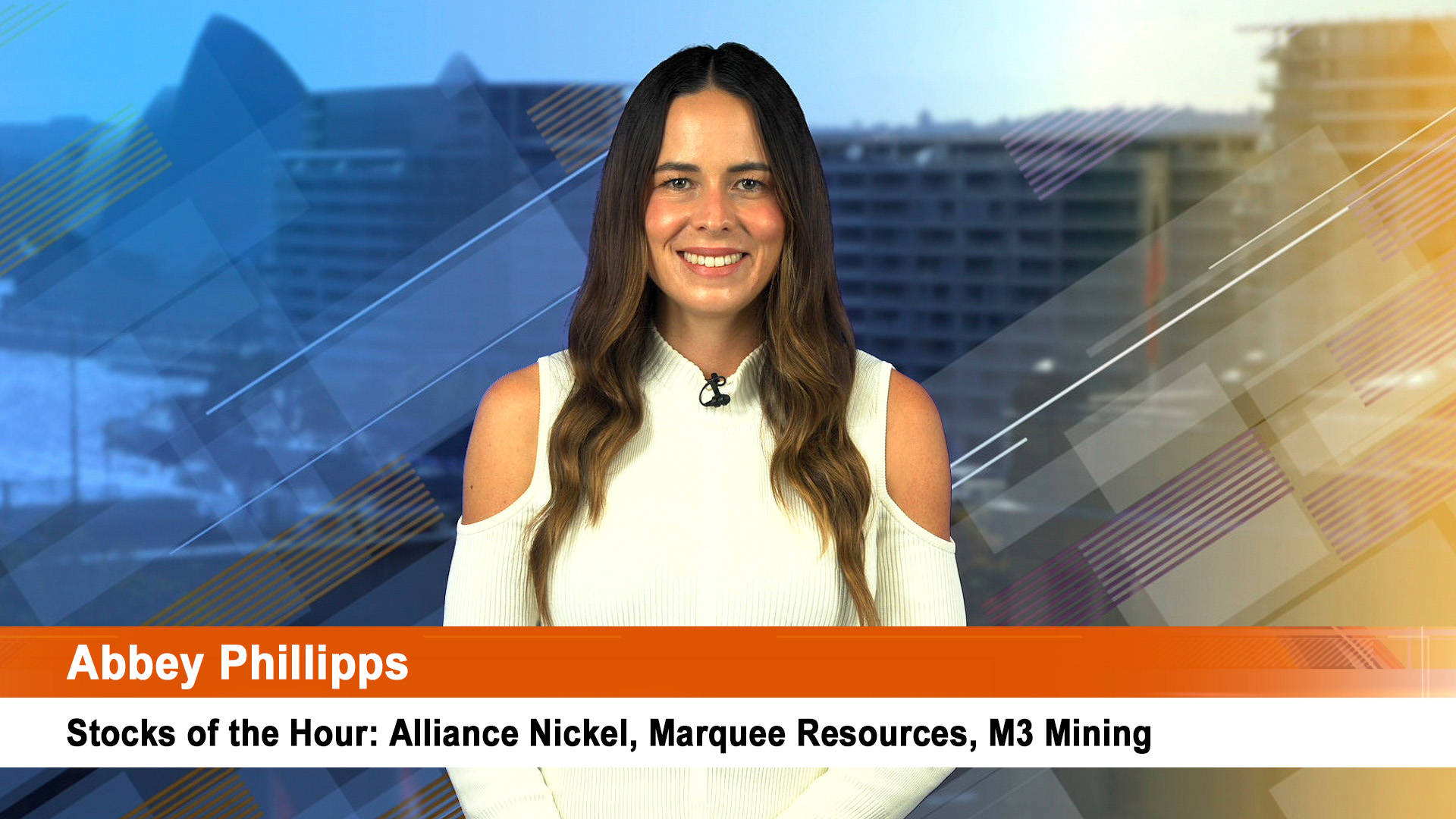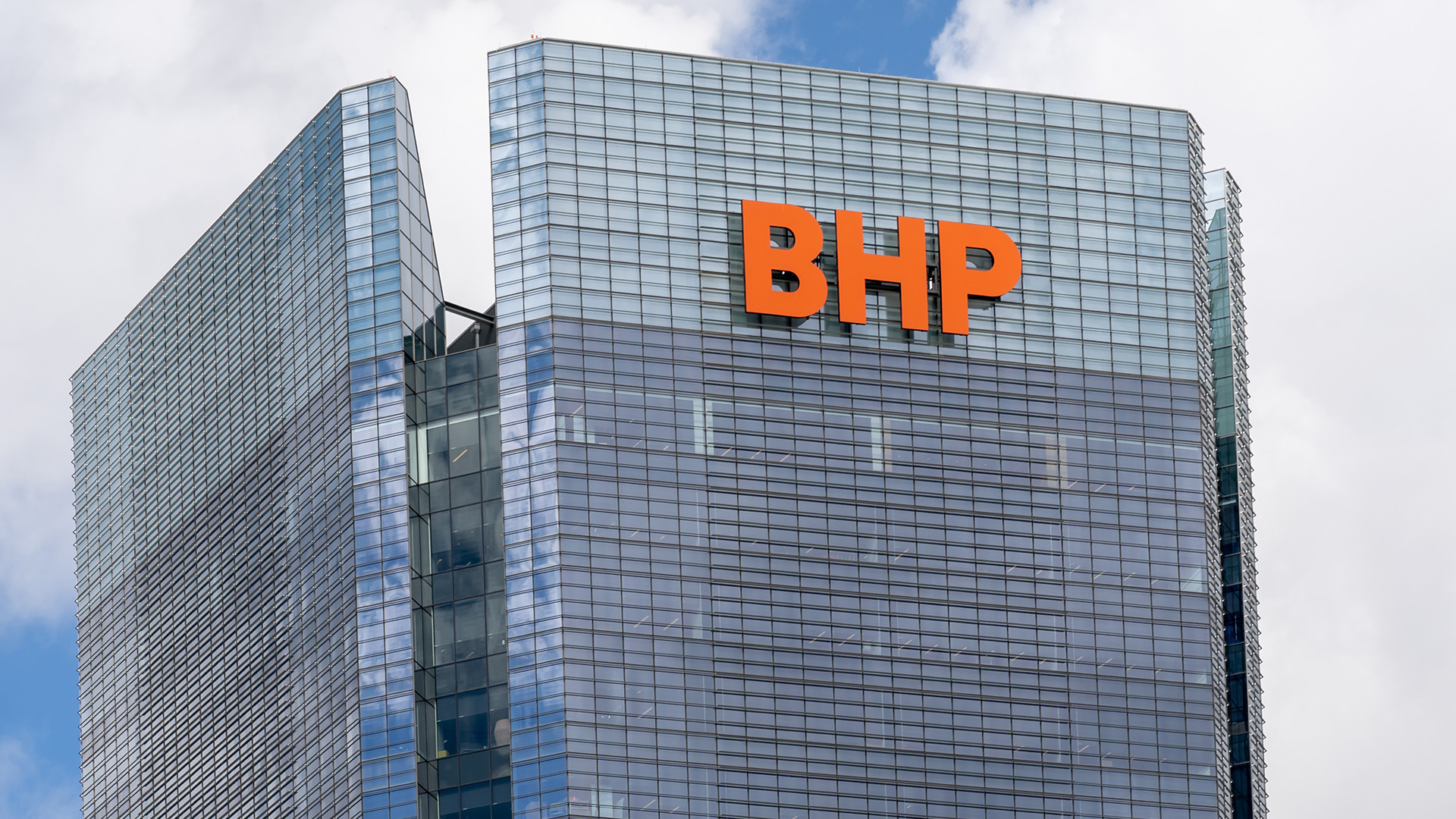
Positive news on Chinese trade and South Korean growth emerged over the weekend as Japan’s wholesale prices fell sharply in March, strengthening the belief that the country was being gripped by price deflation.
Beijing said its March export performance improved, while a day later it emerged the country’s industrial production improved in the same month.
But a commentary from the central bank on Sunday left the suggestion of official concerns at the explosion in bank lending, some of it reportedly heading into the booming stockmarket.
And South Korea’s central bank said its economy grew by a surprise 0.2% in the first quarter after the nasty 4th quarter fall in 2008.
China’s economy continues to show signs of improvement, despite another drop in exports and imports.
The March figures mark the fifth straight month of declines for both import and exports.
March industrial output growth however exceeded forecasts, bank lending has again risen strongly for another month, car sales continue to rise and the stockmarket continues to rise.
Sales of passenger vehicles in March rose 10 per cent from a year earlier, and 27 per cent from February, to 772,400, according to the China Association of Automobile Manufacturers, a sign that consumer demand remains robust.
Premier Wen Jiabao said oat the weekend in Thailand (he was there for the aborted summit of ASEAN leaders) that industrial output growth rose 8.35 in March from the recent low of 3.8% over January and February.
That’s an improvement on the slow start to the year, but under the 15%-plus rise of a year ago. It’s also half the annual rate of 17% in the first six months of 2008.
But it is higher than the slump from November to February, so it’s a small positive.
The premier was reported by western media as saying that China’s policymakers have taken appropriate action to help the world’s third largest economy to weather what has turned into the worst global crisis since the 1930s Great Depression.
His comments came after China’s central bank said the government’s stimulus package is showing initial results and pledged to maintaining sufficient liquidity in the economy after new loans surged sixfold to a record in March.
The Shanghai Composite Index rose strongly on Friday to complete yet a fourth weekly rise last week (the rest of the world’s major economies have now risen for five successive weeks).
It is now up 38% for 2009 so far and is the second best market globally..
The market reacted positively to the weekend’s bullish news yesterday with a 2.8% rise to an eight month high.
The figures on bank lending were an eye opener and reveal the determination of the Government to inject as much money as possible into the economy.
Banks extended 1.89 trillion yuan ($US276.6 billion) in local currency-denominated loans in March, bringing the total for the first quarter to 4.58 trillion yuan — almost meeting the government’s full-year target of at least 5 trillion yuan.
But some analysts warn the surge in lending may have been financing stock market speculation as much as actual investment and spending. That’s a view that has been around for a month or more).
But Premier Wen was quoted as saying that March domestic demand, including fixed asset investment and consumption, had shown "stable growth" compared to the year before and January and February.
Wen noted the collapse of demand for Chinese exports among the biggest difficulties the economy faced.
And that remains the real story from China, and the rest of the world.
Figures on Friday showed China’s exports and imports fell for the fifth month in a row in March, but the fall in exports was less severe than forecast, raising hopes that trade may start bottoming out.
Chinese exports fell 17.1% in March from March 2008, while imports dropped 25.1%, pushing China’s trade surplus up to $US18.6 billion for the month, up from a year earlier and from February when it amounted to just $US4.8 billion.
While some commentators took heart from the smaller fall in exports (February’s was off 25.7% imports in February were down 24.1%.
That’s a sign the domestic and export sectors are nowhere near rebounding as fully as other figures might suggest.
It’s a sign that Chinese companies are still cutting back on imports of raw materials because of high stocks.
The import figures are made better by another strong month in copper imports which is part of a re-stocking campaign.
Figures out over the weekend from the Customs Bureau showed imports rose 14% in March from February’s 374,957 metric tonnes.
That was a monthly record.
Scrap imports were 330,000 tonnes in March, compared with 539,733 tonnes in the same period in 2008.
Iron ore imports also hit a record 52 million tonnes in March as companies stockpiled ore ahead of any breakdown in contract talks for the year starting April 1.
Some reports tell of rampant price cutting by exporters and strange deals by importers who have run up high stocks in ports and at mills. Chinese production of ore is falling as a result.
The upshot is that with copper and iron ore imports bolstering the country’s import bill in March and earlier months, the actual drop in imports could be much greater than the near 25% seen in the first quarter.
In another positive sign, figures from China’s Ministry of Transport showed a 2% rise in port throughput in March compared with a 5% fall in January and February.
But that has as much to do with rising imports of iron ore and copper in the month than actual













